Research Design Explained International Edition 8th Edition by Mark L. Mitchell – Test Bank
CHAPTER 1:
SCIENCE, PSYCHOLOGY, AND YOU
Chapter Outline
- Overview
- Why psychology uses the scientific approach
- Science’s eight characteristics
- General rules
- Objective
- Testable
- Skeptical
- Open-minded
- Creative
- Public
- Productive
- Psychology’s eight characteristics
- General rules
- Objective
- Testable
- Skeptical
- Open-minded
- Creative
- Public
- Productive
- The importance of science to psychology
- Science’s eight characteristics
- Nine reasons you should understand research design
- To understand psychology
- To read research
- To understand research
- To protect yourself from quacks
- To be a better thinker
- To be scientifically literate
- To increase your marketability
- To do your own research
- Concluding remarks
Summary
Key terms
Exercises
Web resources
KEY TERMS
Note: The Chapter 1 section of the student website contains a glossary of terms, a concept map that helps students see the connections between the key terms, and a vocabulary quiz.
Replicate Operational definition
KEY ISSUES
Note: Detailed learning objectives are on the student website; a professor-oriented summary of the chapter is on the professor website.
In this chapter, we address four questions:
- What is science?
- Is psychology a science (even though its apparatus and subject matter is different from that of older sciences)?
- Why is it good that psychology is a science?
- Why is it important for students to understand research methodology?
LECTURE/CLASS ACTIVITIES
Note: More activities are available from the professor website. We especially like the web activities demonstrating the confirmation bias, the demonstrations illustrating the problems with after-the-fact explanations, and the activity involving the Monty Hall problem.
1. Stress that knowing about research can help students achieve their career goals. For example, assemble a roundtable of employers (or have some interviews on videotape) to extol the value of hiring people who understand and/or have done research. Marketing researchers, your school’s placement director, and business executives are often cooperative. It is slightly more difficult — but often worth it — to find a director of a social services agency who also encourages students to do research. In addition, you may also want to have someone from a graduate program speak about the importance of a foundation in research for being accepted into graduate school. (If you can’t get a live person, you could make overheads or copies of graduate school applications, underlining the sections that ask about research experience or that request copies of research reports). Alternatively, take a class field trip to a market research firm or a grant writing department of a social service agency. To reiterate the importance of research, you may want to (a) refer students to the web appendix “Marketing Your Research Design Skills” and have students write a paper about how the course can help them achieve their career goals.
2. This chapter gives you an opportunity to let students tell you what enthuses and scares them about taking the course. It also allows you to talk about why they should be interested in research (why research design should be required for ALL students); why research interests you; some of your favorite research studies; research that you, your colleagues, or some students have conducted; how research refines and challenges common sense (all statements on Hand-out 1.1 are false); Fischoff’s “knew-it-all-along” effect; and how the course will enhance their critical thinking skills. Rather than relying exclusively on your persuasive ability, you could have students persuade themselves. Specifically, have them write a short paper about the benefits of studying research.
3. To emphasize the importance of critically examining claims, you could:
- Show the video “Secrets of the Psychics.” The video (the full video is available from Amazon; our website has links to key Youtube segments of the video) mesmerizes students and makes some good points about the need for experimental control.
- Expose students to the Barnum effect
- Demonstrate the Clever Hans phenomenon. Such a demonstration takes some time to set up, but works beautifully. The full description of the demonstration is described in
Marshall, M. J., & Linden, D. R. (1994). Simulating Clever Hans in the Classroom. Teaching of Psychology, 21, 230-232.
- Show the early part of the video “Beautiful Dreamers.” Showing the first few minutes of this video (available from Amazon) can be used to emphasize that
-
- What’s “modern” or “fashionable” is not necessarily right.
- Just because a technique is popular elsewhere does not mean it is effective.
- The use of equipment is not synonymous with science
- Having many examples of success does not prove that a treatment is effective.
4. Discuss the difference between science and pseudoscience. An overhead of Table 1.2 (p. 22) could be useful in guiding your discussion.
5. Have students collect data. You could have them design questionnaires about
- math phobia, computer phobia, rat phobia, “research methods” phobia, etc.
- attitudes toward eating/killing different animals
- how ethical, scientific, technologically advanced, objective, and/or valuable certain fields are (anthropology, chemistry, physics, psychology, business, etc.)
- stereotypes about physical science, social science, business, and education majors.


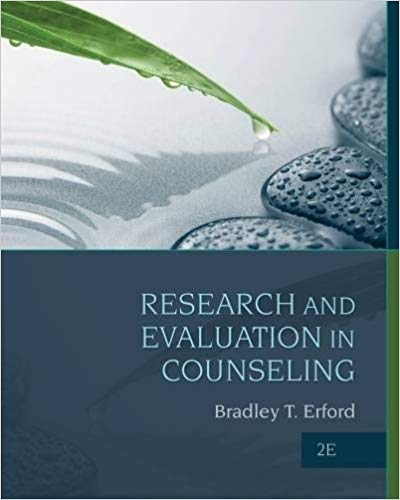
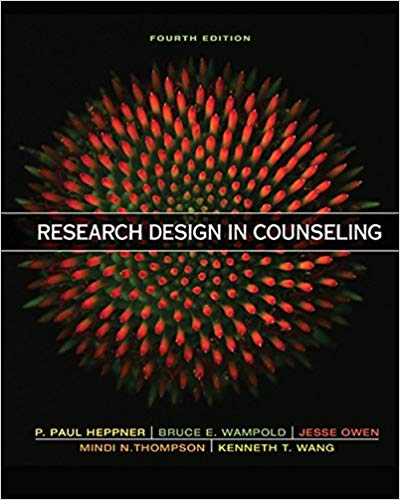


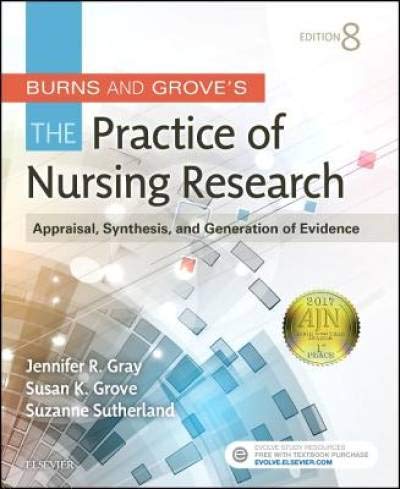
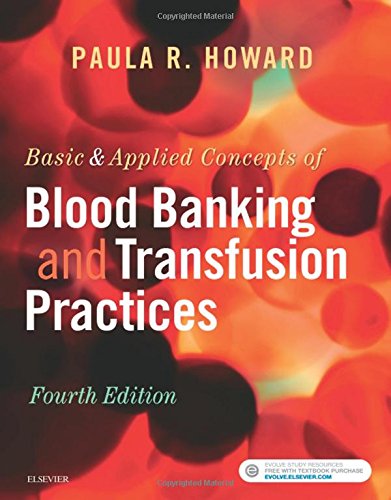
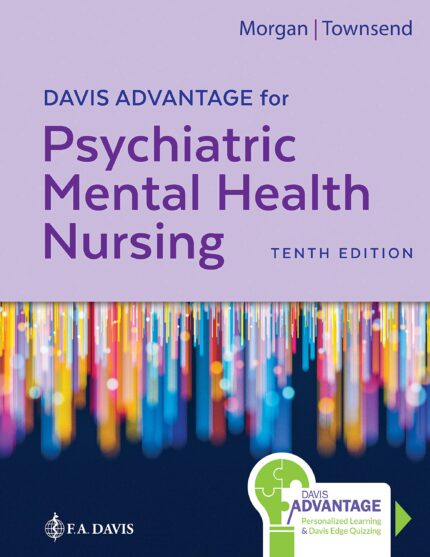





Reviews
There are no reviews yet.